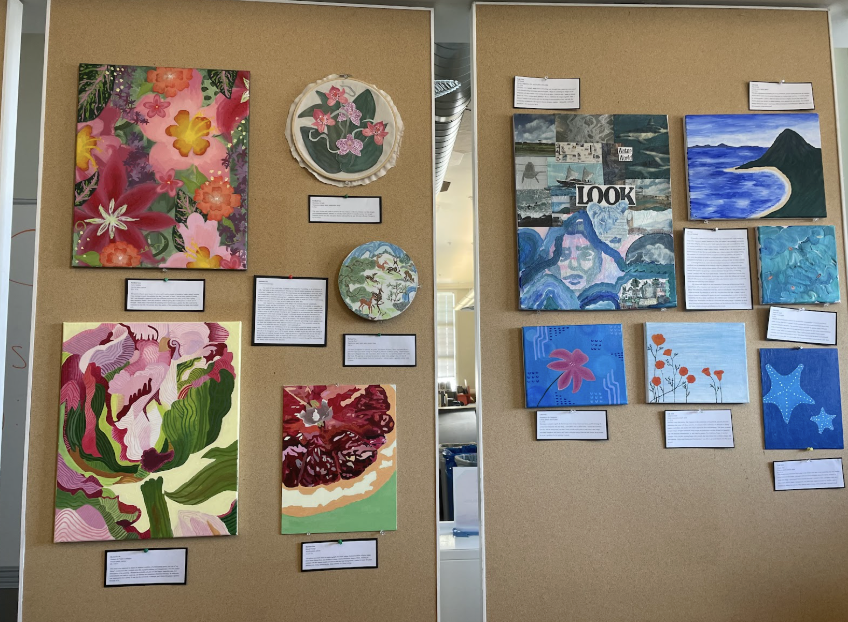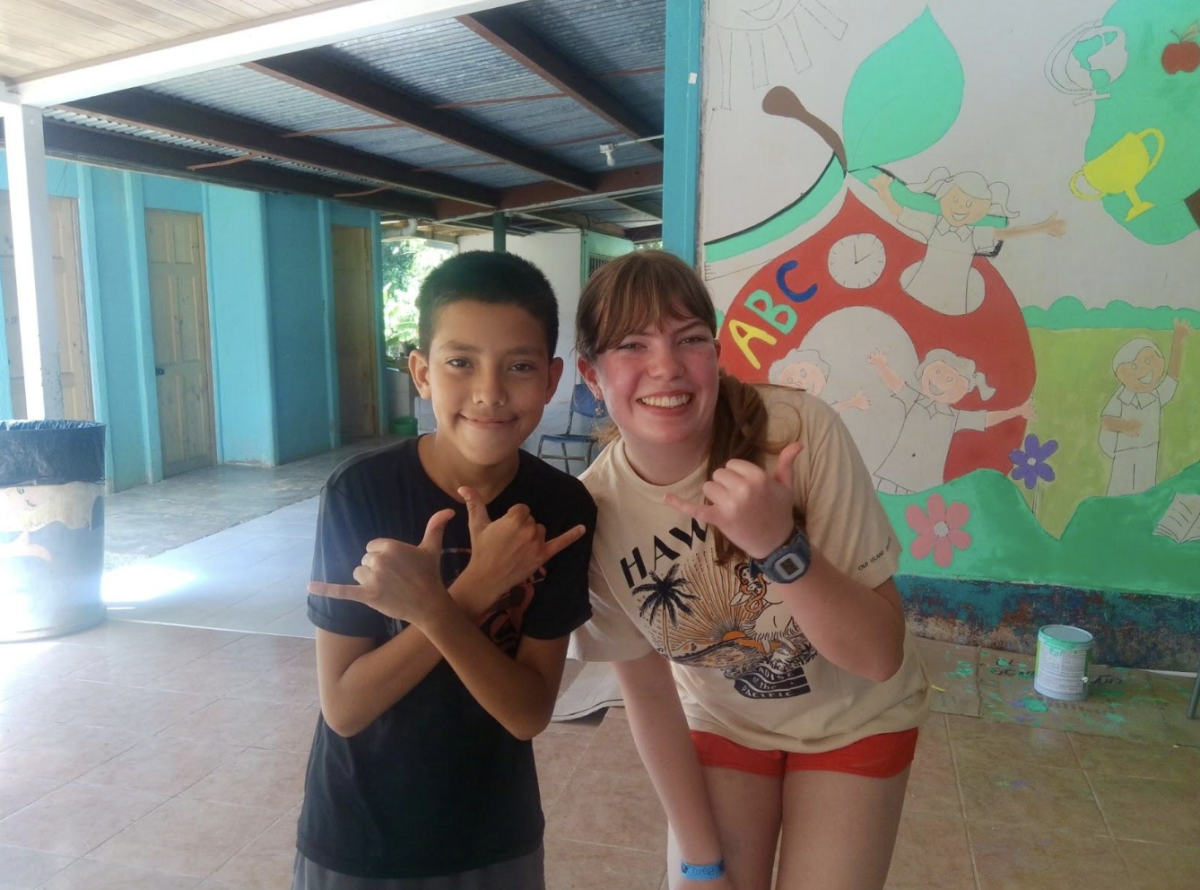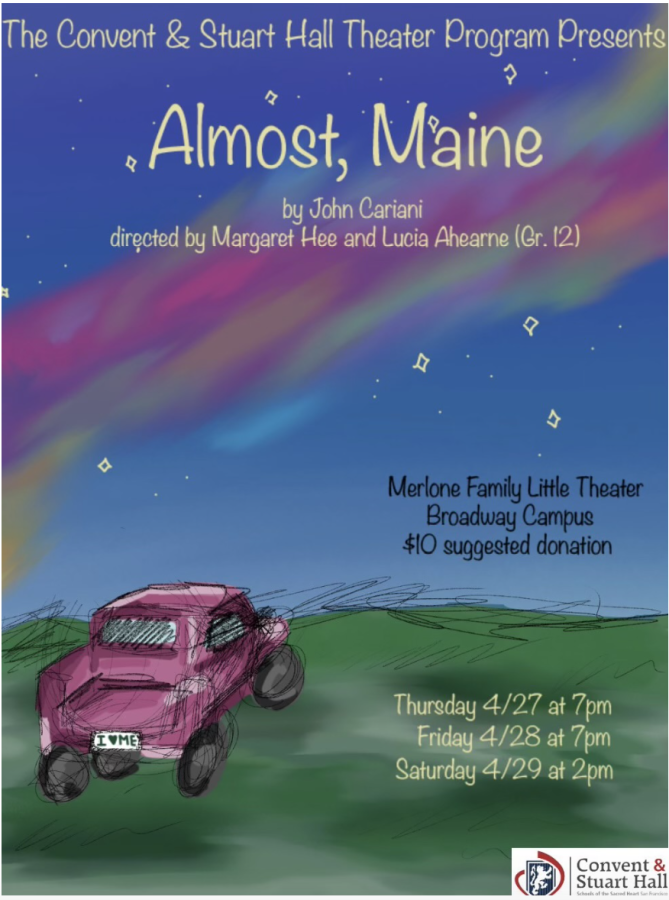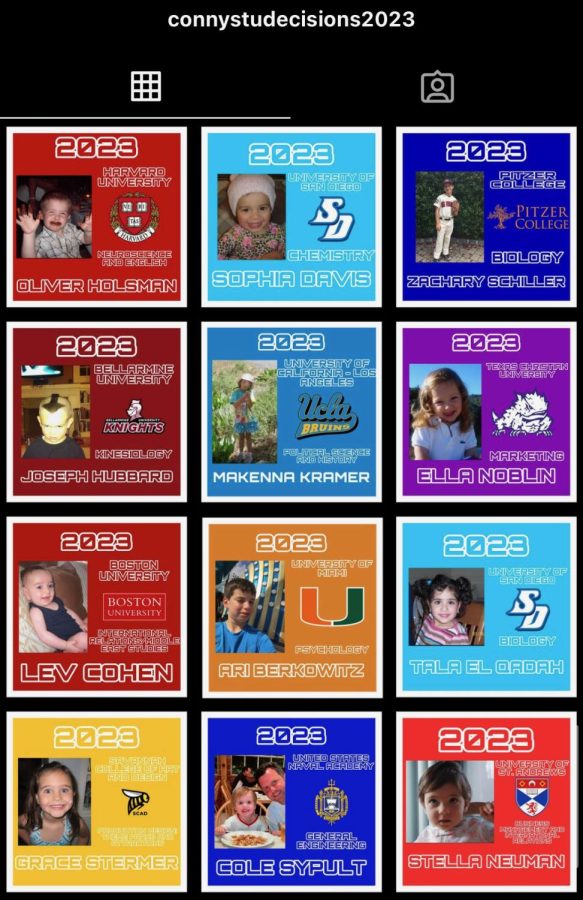Alice Jones
Senior Reporter
Energy drinks are not new to the American market, but some new potentially dangerous trends are. Emergency department visits due to alcoholic energy drink consumption have been on the rise since 2005 and have been related to deaths of teens and young adults.
Teens make up half of the energy drink market with nearly 31 percent of American teenagers drinking energy drinks. These 7.6 million teens have jumped up 3 million in three years, according to Simmons Research.
“I started drinking Red Bull my freshman year,” junior Camille Bolli-Thompson said, admitting to drinking an average of two to three Red Bulls a day. “My best friend started drinking them and then so did I. I got addicted”.
Senior Sara Kelson says started ignoring the “horrible” taste of Red Bull her freshman year, consuming them to stay up late for homework or to get the energy to pull an allnighter.
“I continued drinking them this year for college applications and a large workload,” said Kelson.
A school wide poll on Facebook revealed most students do not drink energy drinks, but do consume an average of one to two cups of coffee or tea in the morning to wake them up.
Other students drink electrolyte drinks like gatorade.
One student in the anonymous survey, who identifies herself only as a freshman, attributed Red Bull to giving her the energy to do better in school, but Kelson does not recommend these drinks for getting an extra energy source.
“Considering in high school you have to manage a crazy schedule, people should learn to manage without having to get external sources of energy,” Kelson said. 
Nutritionists and physicians like Dr. Lisa Dana of Golden Gate Pediatrics warn their patients to stay away from these caffeine and sugarladen drinks.
“I ask my patients if they are drinking energy drinks and tell them to make sure to stay away from depending on a false sense of energy that can result in an unhealthy crash,” Dana said.
“If I don’t drink them, I get very tired,” Bolli-Thompson said, claiming she only started becoming fatigued without drinking Red Bull after she started consuming the energy drink regularly.
Red Bull contains 80 milligrams of caffeine per 8 ounce can, while Four Loko puts approximately 260 milligrams of caffeine in a 23.5 ounce can ac- cording to Go Ask Alice!, a Columbia University health questions and answers resource. Comparatively, a tall 12 ounce Starbucks Caffè Latte has 75 milligrams of caffeine, and a tall coffee has 260 milligrams.
Eighteen state attorneys general are encouraging the FDA to investigate Four Lokos, which along with Joose and Blast, contain alcohol and are being marketed directly to youth. These brands have bright colors, flashy labels with flavors ranging from different fruity lemonades to grape to watermelon.
Four Lokos was introduced in 2005 in convenience stores and have brought hundreds of hos- pitalizations to primarily teens and college students, according to the Arthur Page Society. The drinks average 60 grams of sugar in it to mask the bitterness of al- cohol and can compete with alcoholic malt beverages in sales.
“Mostly young people or homeless buy Four Lokos, probably because of the low price and big size,” according to Ibrahim Habas who owns Gino’s Grocery on Fillmore Street.
Dana warns energy drinks can also lead to several severe physical conditions when used in excess, citing “Energy drinks can harm children” in the journal of the American Academy of Pediatrics.
“If you have ADHD or are taking some types of medications, your heart rate will already be increased. Adding an energy drink to that can lead to high blood pressure (hypertension), high heart rate (tachycardia) and in some more severe cases, seizures,” Dana said.








